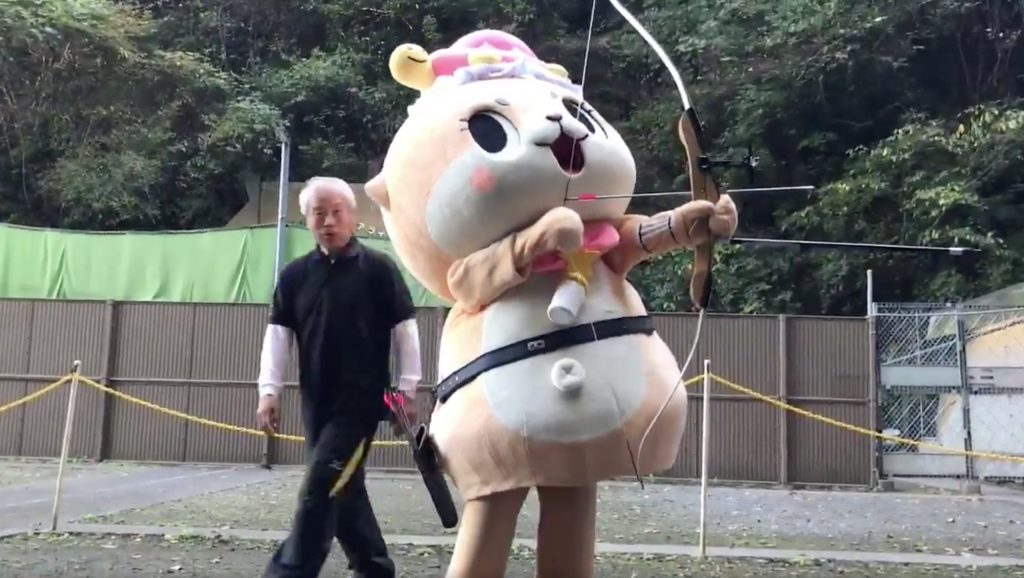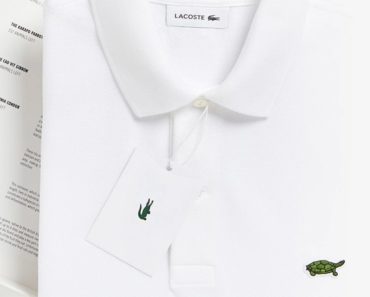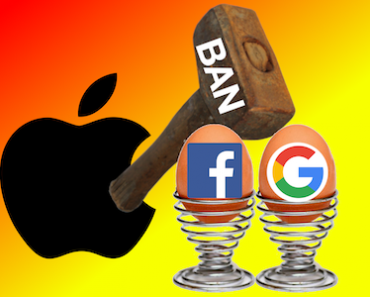Japan has so many mascots—serving as ambassadors of everything from specific prefectures to city police departments—that it can be hard to keep track of them. But after upsetting citizens with his unconventional style, one unofficial mascot in the Japanese city of Susaki has stirred enough outrage to get the attention of city officials, The New York Times reports.

The Birth of the Otter
Last year, the southern Japanese city of Susaki created a position — honorary tourism ambassador — for a real life otter with a large social media following.
So far, so cute.
Then Chiitan, an unsanctioned mascot based on the otter, began staging dangerous and non-child-friendly stunts around town, like swinging a weed whacker and tipping over a car. And some residents began confusing Chiitan with the city’s official mascot, Shinjokun, who is also modeled on an otter but is considerably more risk-averse.
Chiitan’s darkest moment may be a video titled “Chiitan going to visit your house,” in which the mascot silently removes a baseball bat from a locker, slips it into its costume and walks off camera.
After receiving more than 100 calls from around Japan about Chiitan’s behavior, the city declined last week to renew the real otter’s honorary tourism ambassador contract. But posts about Chiitan being “fired” (the mascot and the real otter have the same name) have since gone viral on social media, incorrectly implying that the city had officially sanctioned the rogue mascot’s cheeky antics.
Chiitan Unleased
The controversy started last year when Susaki named a real-life celebrity otter to be its honorary tourism ambassador. Soon after, Chiitan—a costumed mascot inspired by the real otter—began appearing in public and in videos shared on social media. The twist? Susaki already had an official costumed mascot—Shinko-kun a character based on the now-extinct Japanese river otter. But the differences between the two otter mascots quickly became apparent.
Viral videos show Chiitan taking part in dangerous and occasionally creepy stunts. The character has been filmed flipping a car, biking on a half-pipe, and skateboarding on a treadmill. In one video captioned “Chiitan going to visit your house,” the devilish mascot can be seen pulling a baseball bat from a locker, tucking it into its costume, and walking out of the room.
Mascots, or “yuru-chara,” are sponsored by municipalities and companies in Japan and tend to promote specific cities or regions. Compared with American mascots, the Kanagawa University sociologist Jillian Rae Suter wrote in a 2016 study, “these characters are cuter, more popular and more abundant.”
In one sign of their popularity, Ms. Suter wrote, the number of entrants in Japan’s annual Yuru-Chara Grand Prix rose to 1,727 in 2015 from 348 in 2011, the event’s inaugural year.
Mr. Carlier said unofficial mascots have been around for about a decade in Japan and that many cities and towns welcome the attention. He said Funassyi, the unofficial mascot of Funabashi City, for example, has been a “big tourism draw.”









